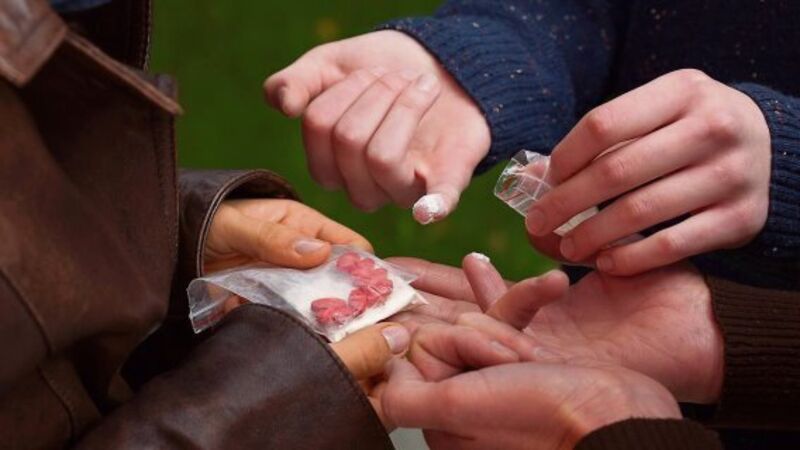Young people ‘guinea pigs’ for psychoactive drugs

It identified a further 98 NPS, often referred to as legal highs, in 2015. This brings to more than 560 the total number of such products identified since 2009.
The 2016 annual report of the European Monitoring Centre for Drugs and Drug Addiction said it issued 34 NPS public health alerts since 2014.
It said the market was dominated by synthetic cannabinoids (chemicals that mimic the effects of cannabis) and synthetic cathinones (which mimic the effects of cocaine, ecstasy, and amphetamine).
Many of these synthetic drugs, such as 2NBOMe, a-PVP and PMMA, have been linked with numerous fatalities and near fatalities in Ireland, most recently in the death, involving 2NBOMe, of teenager Alex Ryan in Cork last January.
Synthetic cannabis accounts for 60% of all the NPS identified and 24 new ones were documented in 2014, compared to 26 cathinones.
The 2014 European Commission Flashbarometer shows Ireland last year had one of the highest rates of NPS use, at 10%. This is despite the trade being effectively criminalised in 2010 with the closure of head shops. The last national prevalence study in Ireland, conducted in 2010/2011, put the above figure at almost 7%. Though the results of the next study are not yet out, last year, usage of NPS is thought to have gone down.
The EU agency’s report said many of the NPS are “highly toxic” and that the growing trade posed a “major challenge”.
“Young consumers may unwittingly be acting as human guinea pigs for substances for which the potential health risks are largely unknown,” said the report.
It said the synthetic cathinone alpha-PVP was associated with almost 200 acute intoxications and more than 100 deaths in Europe.
In Ireland, a-PVP was detected in 116 cases including at least four fatalities.
The injection of a-PVP, also known as snow blow by chaotic users, is also estimated to have played a part in a noticeable increase in HIV among drug injectors in the last two years. Echoing this, the report said producers of NPS appeared to be targeting the “more chronic and problematic sectors of the drug market”.
Stimulant PMMA has also been linked to numerous deaths in Ireland, including at least three young people in 2014 and two in 2012.
The report said many synthetic cannabinoids were “considerably more toxic” than natural cannabis, with “mass poisonings and even deaths reported”. It said it issued a health warning last February about synthetic cannabinoid MDMB-CHMICA, which was associated with 13 deaths and 23 non-fatal intoxications.
The Health Research Board said there was “a very small number” of treatment cases, 113 since 2009, involving synthetic cannabis.
www.emcdda.europa.eu/












